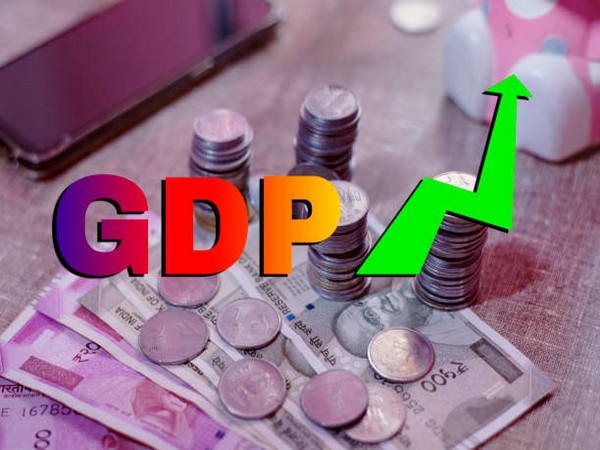SBI Report Lowers India’s FY25 GDP Growth Forecast to 7.0%, Cites Global Headwinds
The State Bank of India forecasts a slight dip in India's real GDP growth to 7.0% for FY25, below RBI's 7.2% projection. The downgrade considers emerging global economic challenges, yet India remains poised for robust growth, driven by fiscal buffers, improved monsoon, and manufacturing activity.

- Country:
- India
In a recent report, the State Bank of India (SBI) has adjusted its projection for India's real GDP growth to 7.0% for the fiscal year 2025, down from the Reserve Bank of India's (RBI) forecast of 7.2%. According to the SBI report, the 20 basis points reduction stems from mounting global economic headwinds.
The report highlights, "We expect real GDP to grow by 7.0% y/y in FY25. Our estimate is 20bps below RBI's largely based on global headwinds, which are quickly crystallising." Despite the marginal downgrade, the SBI maintains that the Indian economy will continue to grow robustly, potentially remaining one of the fastest-growing economies this year.
SBI's GDP estimate for FY25 is bolstered by several positive factors, including enhanced fiscal buffers due to dividends, an anticipated recovery in agricultural activities thanks to better monsoon conditions, and increased private capital expenditure driven by strong manufacturing sector activity. Concurrently, the Monetary Policy Committee (MPC) of the RBI has upheld its overall growth projection at 7.2% for FY25 but revised its Q1FY25 estimate down 20 basis points to 7.1%, citing lower-than-expected performance in core industry output, corporate profits, and general government expenditure.
RBI Governor Shaktikanta Das confirmed the RBI's growth forecast of 7.2% for FY25 while acknowledging a readjustment for Q1FY25 to 7.1%. "This moderation is based on updated information on high-frequency indicators showing lower than anticipated corporate profitability, general government expenditure, and core industry output," Das stated.
(With inputs from agencies.)
- READ MORE ON:
- SBI
- India
- GDP
- Growth
- Forecast
- FY25
- RBI
- Monetary Policy
- Global Headwinds
- Economy
ALSO READ
Curbing Childhood Obesity: Tackling Sugar-Sweetened Beverages with Policy Solutions
Subdued IT Revenue Growth Forecast Amid Furloughs and Cautious Spending
RBI Sets 2025 Deadline for Enhanced Fund Transfer Verification
Decades-Old Bhopal Union Carbide Toxic Waste to Finally Be Disposed
RBI Reports Major Return of Rs 2000 Notes: What's Next?










